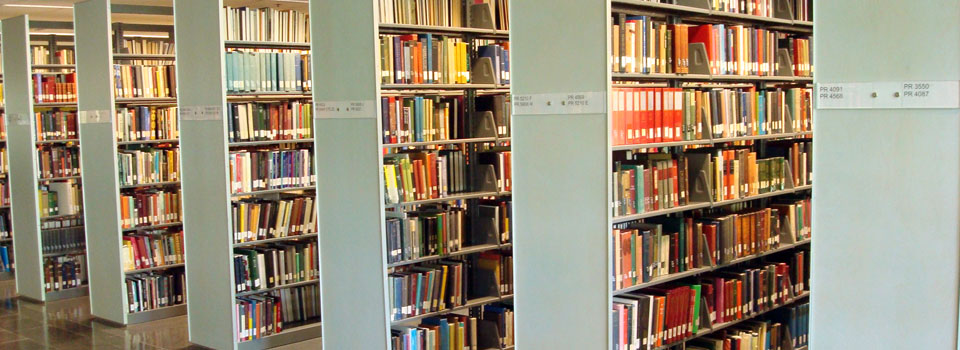Toronto’s Caravan: Civic Belonging and Spectacle in a Bygone Age of Multiculturalism
Understanding Archival Sources
Evaluation strategies outlined on this page will help you utilize, integrate, and evaluate the significance and relevance of primary sources to the research project.
Read and review the evidence contained in the sources carefully, looking for obvious omissions, as well as clues the past reflected in the text of the document.
The information on this page is also available as a handout (PDF).
1. Item Identification
For digitized primary sources, specify the title of the document and the name of the digital collections where it can be found.
For physical, archival documents, specify the fonds, accession, box, and file numbers and title of the file or a description.
2. Type of Document
Choose one.
- Newspaper/article
- Screenplay
- Letter
- Manuscripts
- Memorandum
- Government document
- Press release
- Legal records
- Advertisement
- Financial records
- Financial records
- Postcard
- Book
- Map
- Magazine/article
- Sheet music
- Diaries/Journals
- Identification document
- Report
3. Unique Physical Characteristics of the Document
Choose one or more and explain why it’s interesting or significant:
- Interesting letterhead
- “RECEIVED” stamp
- Handwritten
- Typed
- Seals
- Notations
4. Date(s) of the Document
5. Author (or Creator) of the Document and Their Position
6. For What Audience was the Document Written?
7. Making Sense of the Document
- What is the document talking about? Write one sentence summarizing this document.
- List three things the author said that you think are important.
- Why did the author write this document? What was the occasion for its creation?
- What is the perspective or role in the event that the author is describing? How might this affect the content of the source?
- What evidence in the document helps you know why it was written? Quote from the document.
- Does the author have a thesis? State it in one sentence.
- What is at stake for the author in this text?
- Is the author responding to an argument or position or concern that is not clearly stated? Give an example. In detail, explain what you think the argument/position/concern might be.
- What can the author’s choice of words tell you? What about the silences? What does the author choose to not talk about?
- Can you detect any biases in the source?
- How does the source compare to other primary sources you have looked at?
8. Evaluation and Use
- Is there anything about the source that surprised you?
- Does the source appear to confirm or disconfirm your prior knowledge of the topic?
- What research questions does the source raise?
- What research questions does the source help you to answer?
- List as many arguments about your topic that this source can help you support.
- Can the source be used to support any opposing arguments? How so? What pieces of evidence in the document allow it to be used to make opposing arguments?
- What other primary or secondary sources do you think would help you to make one of the arguments listed above? Where/how would you find these?
- What research question(s) does the source not help you to answer?
- What was the significance of the source at the time it was created?
- Do the ideas and values reflected in the source appear to differ from the ideas and values of the present? Give two examples.
- How might this source support or refute one of the arguments you have encountered in course readings?
- How would this source support, challenge, or revise other scholars’ approaches to the topic?
- Negative evidence. Is there any missing evidence, or evidence you expected to find in the source but did not? (Note: this question might best apply to the range of materials you are looking at as a whole rather than a single document).
Sources & Further Reading
Howell, Martha C., and Walter Prevenier. From Reliable Sources: An Introduction to Historical Methods. Cornell University Press, 2001.
Presnell, Jenny L. The Information-Literate Historian: A Guide to Research for History Students. Oxford University Press, 2013. 2nd ed.
created by: Agatha Barc | updated: 1 May 2018
